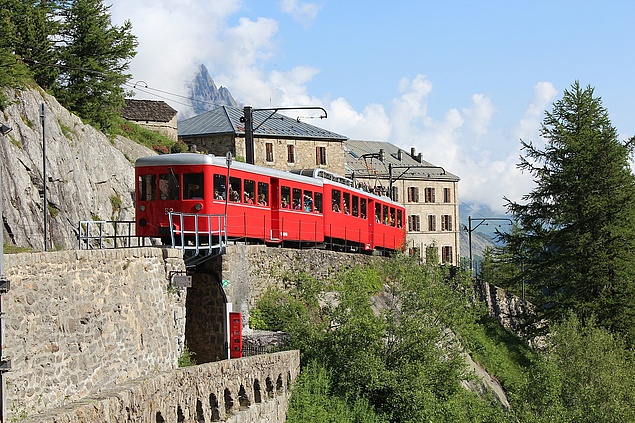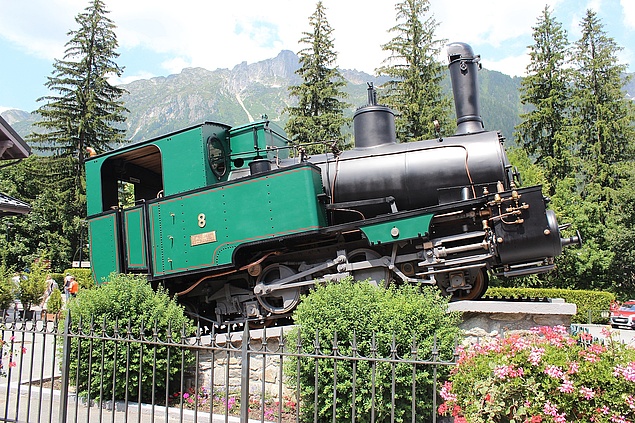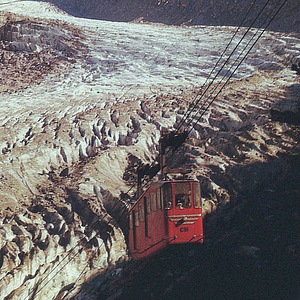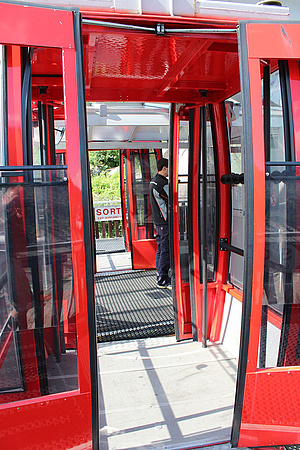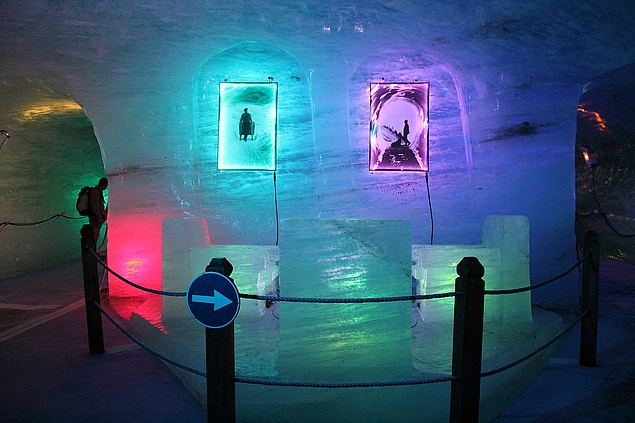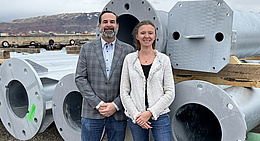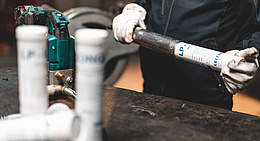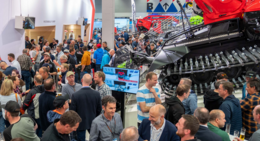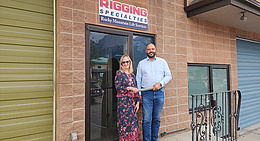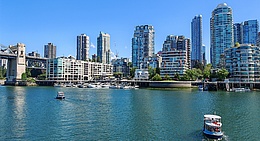At the end of the 19th century, the town of Chamonix established itself as the cradle of mountaineering in the Alps and a popular destination for visits to the mountains. In those days, most visitors climbed up to Montenvers, a spectacular viewpoint overlooking the Mer de Glace (Sea of Ice), either on foot or on the back of a mule. Montenvers offers a spectacular view of the high mountains including the vertical rock faces of the Aiguille du Dru and beyond the glacier to the Aiguille Verte, Grandes Jorasses and Dent du Géant, which are all over four thousand meters high.
Back in 1880, Montenvers was already dominated by the Grand Hotel of the same name. Now renovated with its old-world charm fully preserved and renamed the Refuge du Montenvers, it offers individual rooms and apartments as well as dormitories for mountaineering groups, and local fare to keep body and soul together in its Restaurant du Montenvers and the Panoramique Mer de Glacebistro.
Rack railway to Montenvers
Following the stage-by-stage opening of the Le Fayet - St. Gervais - Col de Voza - Nid d’Aigle rack railway (also known as the Tramway du Mont Blanc) between July 1908 and August 1913, a second rack railway in the Departement Haute-Savoie – from the Chamonix railway station to Montenvers – was opened on May 29, 1909. Using the Strub rack system, this railway overcomes 871 meters of vertical rise on its 5.14 km long track. Originally operated with steam locomotives, it was electrified in 1954. Whereas about 50,000 passengers a year rode up to Montenvers before the Second World War, the railway carried an average of one million visitors a year prior to the coronavirus pandemic. Although Montenvers is a popular starting point for walks and climbing tours of all grades of difficulty, most visitors to Montenvers simply go to the glacier tongue of the Mer de Glace, which has been the location of a man-made ice cave since 1946.
